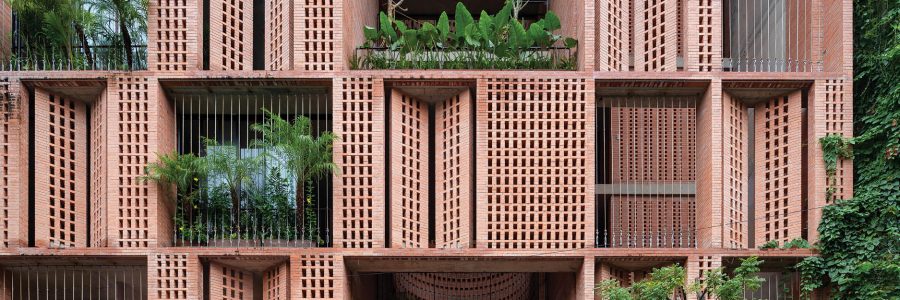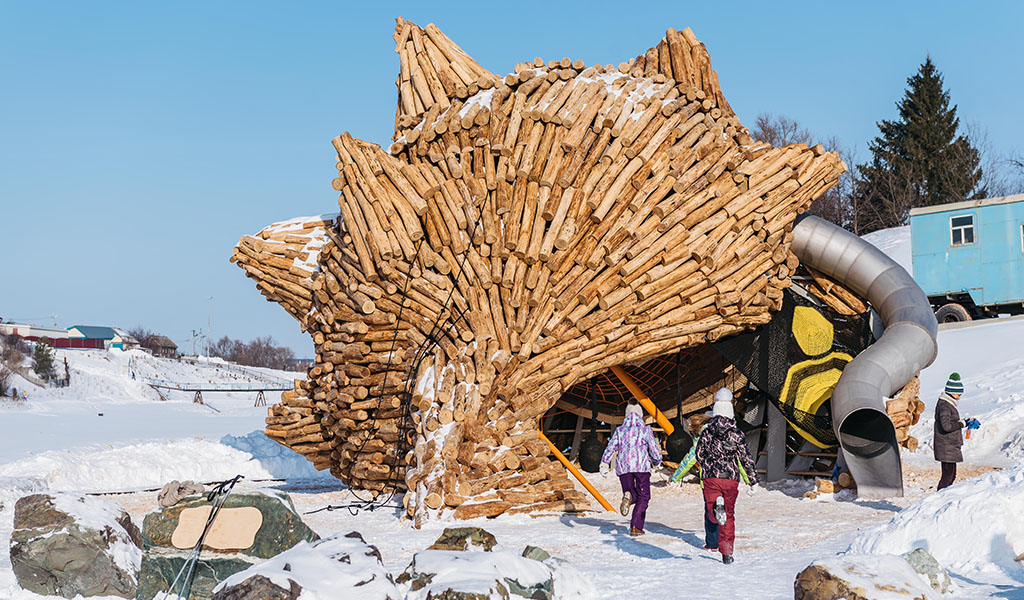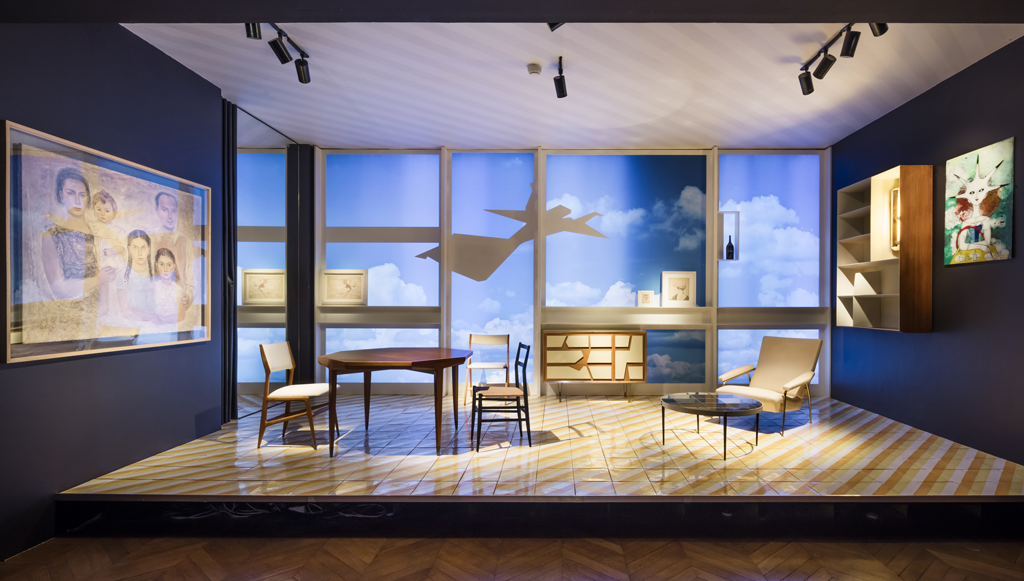Brick, a Common Language
Sponsored by Austrian brick maker Wienerberger, the Brick Award was created in 2004 to reward exceptional buildings made out of brick. Christelle Avenier (Avenier Cornejo architectes) won the 2022 prize in the “Living together” category for an 88-apartment development in Pantin, north of Paris, and is a member of the jury for the 2024 event, which will be held on 6 June in Vienna and will reward five international projects among 50 nominees. She tells AA about her interest in a material that “never gets old.”
AA: Avenier Cornejo Architectes is renowned for its brick buildings. What interests you about this material?
Christelle Avenier: First and foremost, it is a material that comes from the earth. What could be more fundamental or recyclable than earth? You don’t have to grow it, it’s there. What’s more, baked or unbaked clay bricks are like Lego bricks, opening up an infinite range of possibilities when it comes to building. You can vary the shape of the wall, create an offset layout, create mashrabiyas, and you can also design the brick itself and choose to tailor-made it. With bricks, the architect works directly with the builder, on site. This proximity does not exist with all materials.
Last but not least, bricks are sustainable. Look at the HBMs [social housing built in France during the inter-war period. Ed.]. The façades of these buildings have stood the test of time. In terms of durability, brick has no equal, with the possible exception of stone, knowing brick is cheaper and much easier to implement. Moreover, its vibrations are very interesting, whatever the colour. At Avenier Cornejo, we love to work on different layouts: the mortar can be laid in dry joints, or made visible in traditional or overhanging joints… You can contrast the colour of the cement with that of the bricks, or go for a tone-in- tone look. As for load-bearing bricks, structural walls have very good thermal properties thanks to their inertia and provide good moisture regulation.
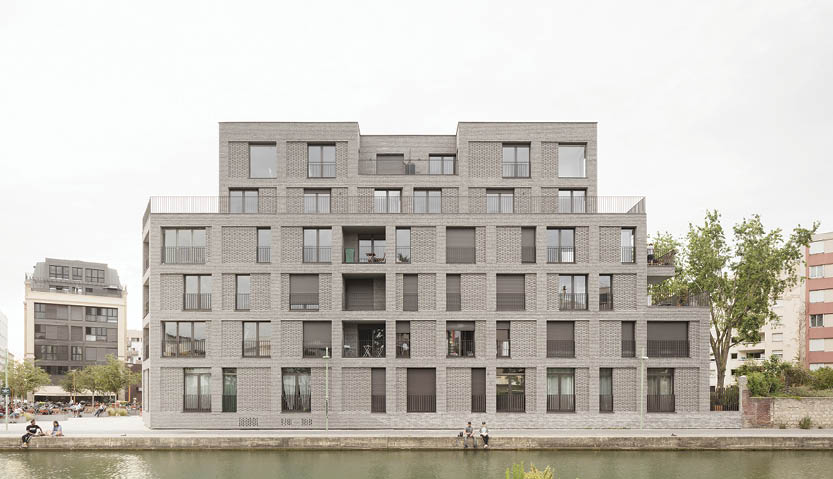
Avenier Cornejo Architectes, three buildings with 88 housing units and business premises, Pantin, France, 2019
What are the advantages of building with bricks for social housing?
It is a sign of identification in the neighbourhood. If you can work with the texture, you get a design that makes a statement. It’s also an eminently urban material in that it ages very well because it resists pollution and doesn’t need to be repainted. It is also a sound-absorbing material, unlike metal cladding, for example, which spreads noise when it rains.
Are bricks suitable for other kind of programmes?
Yes, it can be used for housing, facilities and even offices, because it has no connotations. For a long time, it was seen as a common material, representative of northern cities, but now it is the link between a common history and a very urban contemporary dimension.
The Brick Award shows a great diversity of layouts…
Yes, there is an incredible variety. Among this year’s candidates, I’d like to highlight this office project by the Tropical Space office in Ho Chi Minh City, where brick is used for its inertia and the coolness it preserves. In Barcelona, there is an office building by Baas arquitectura, whose mineral appearance is reminiscent of stone, offering an unexpected design for the tertiary sector. Then there’s the care centre for children in Belgium by Label architecture, which has been delicately extended.
The Brick Award does not only award Western projects, on the contrary: the projects and winners come from all continents, as do the members of the jury… And brick is our common language.
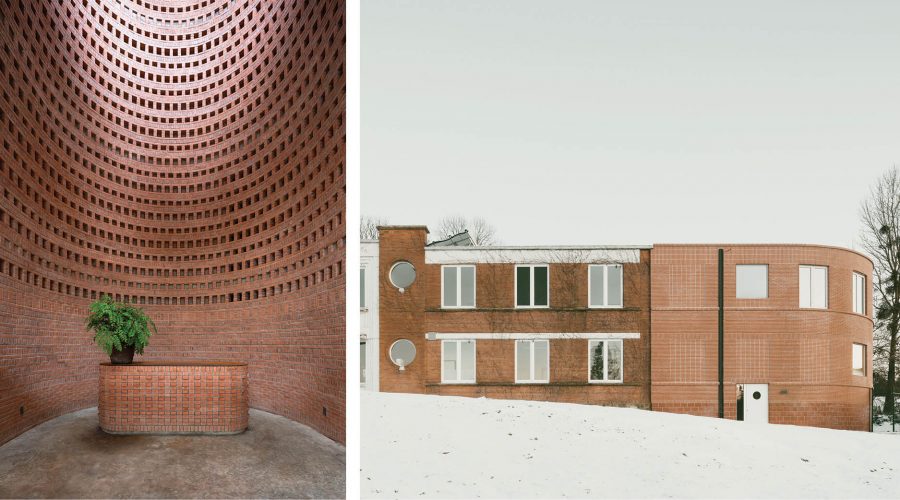
Left: Tropical Space, office building in Ho Chi Minh City, Vietnam, 2022. Right: Label architecture, transformation of a building into a care centre for children,
Porcheresse, Belgium, 2020
Find out more on www.brickaward.com

